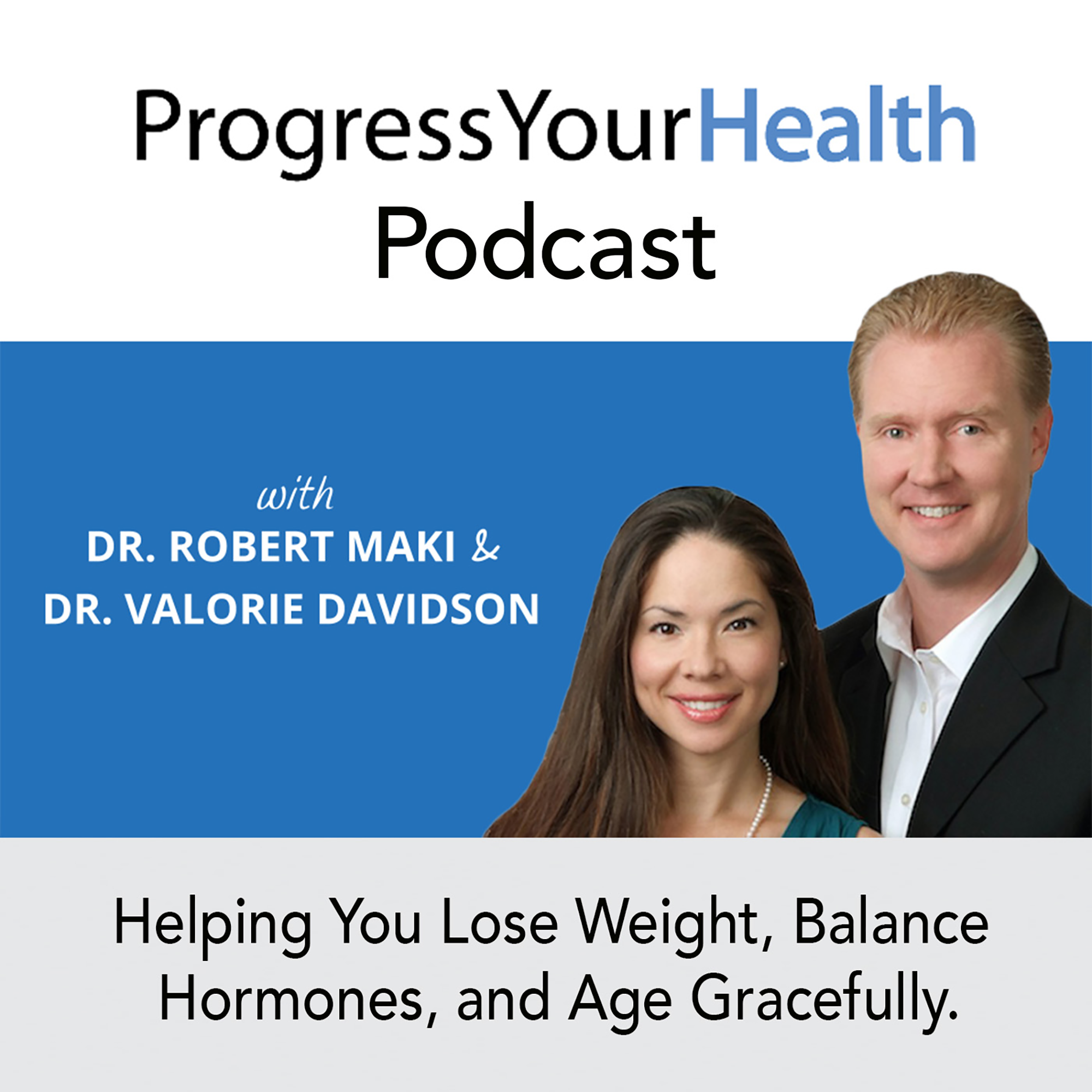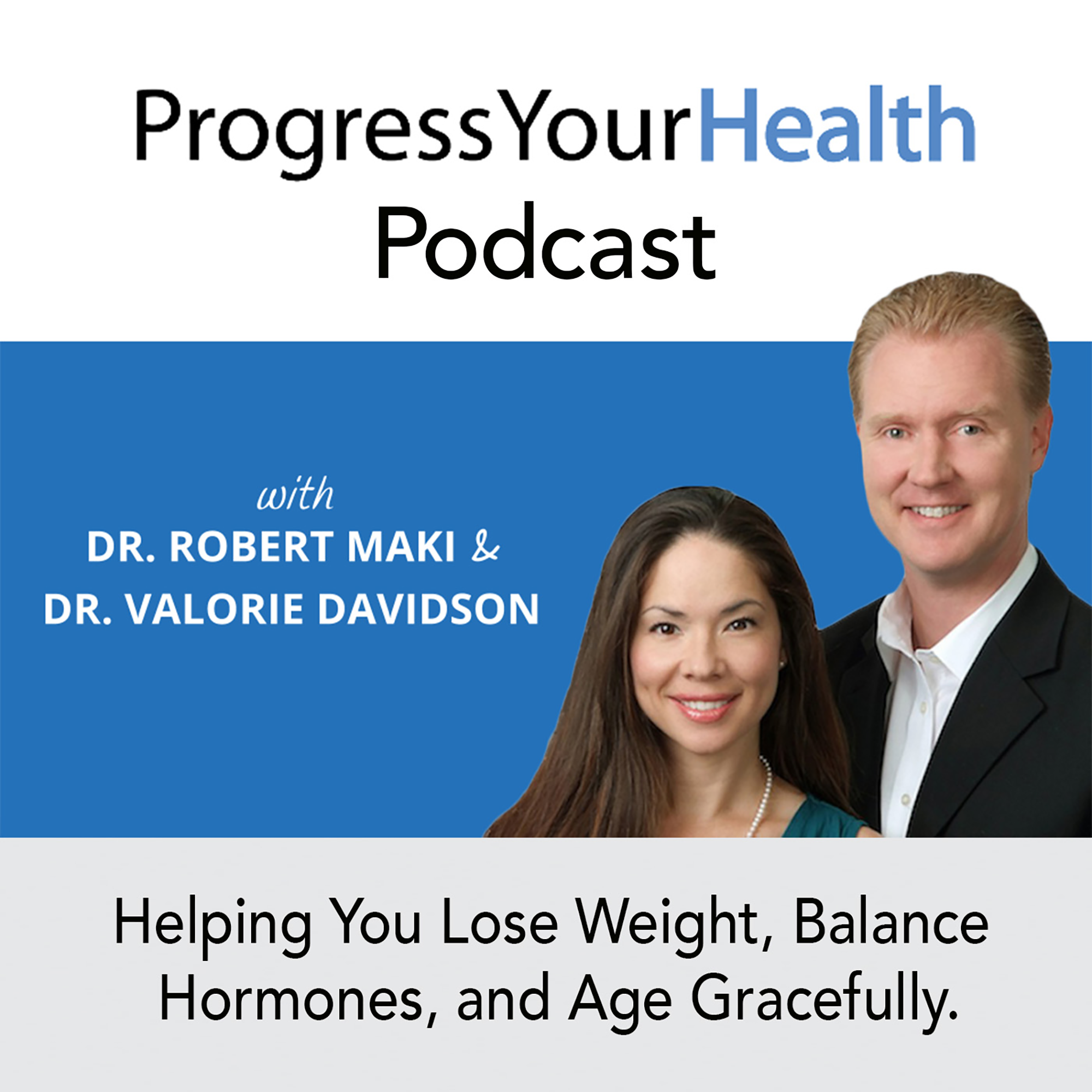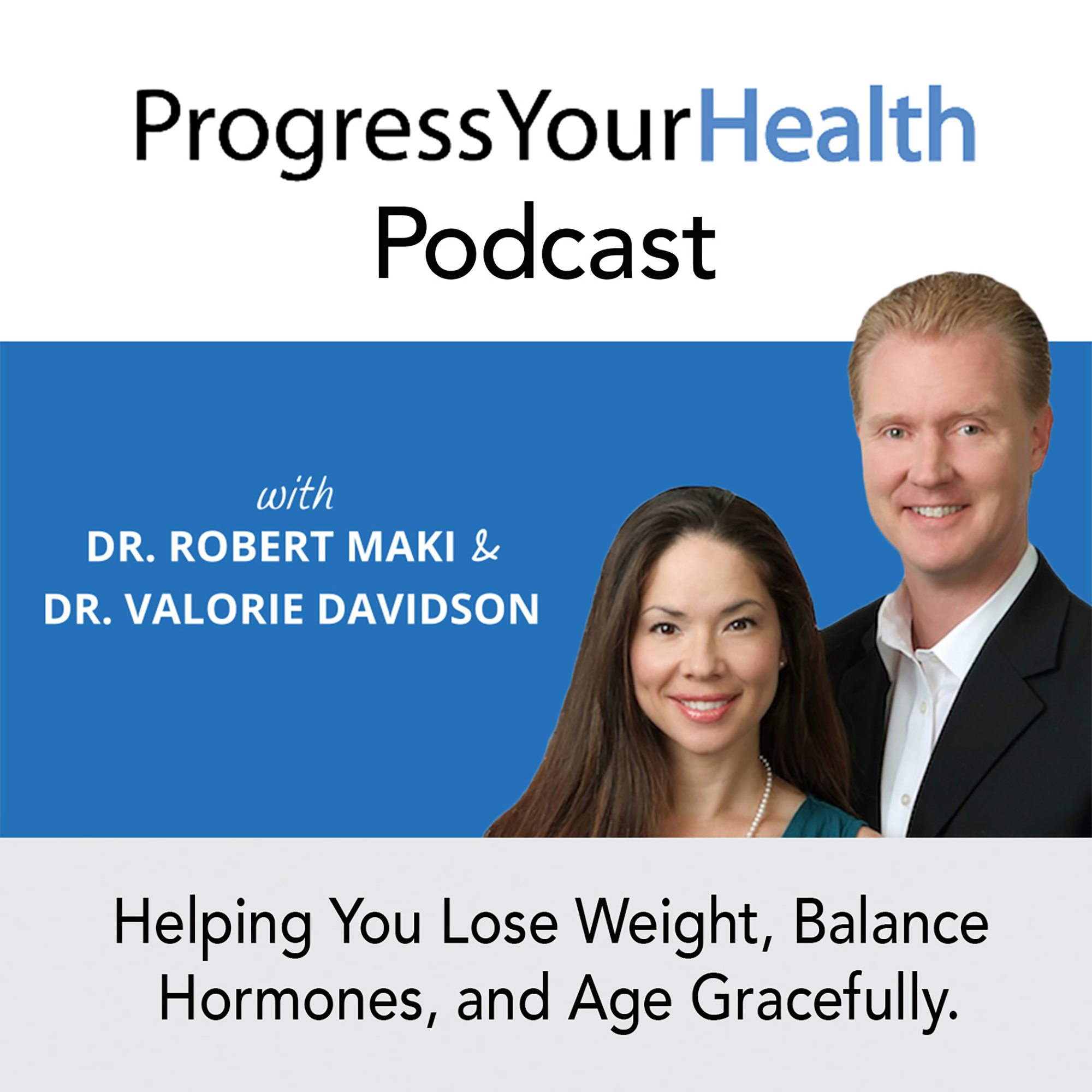
In this episode of the Progress Your Health Podcast, we are going to talk about PCOS. I know our last podcast was, PCOS, Questions to Ask your Doctor. We are still going strong on our PCOS information. But we are going to do things a little different than we have. We are going to do a five-part podcast series about PCOS.
PCOS stands for Polycystic Ovarian Syndrome. It is not a disease but considered a syndrome. From the name, polycystic ovarian syndrome, it is easy to assume there are multiple cysts on the ovaries. But in fact, many women with PCOS do not have multiple cysts or any ovarian cysts. As a general statement, in PCOS, there are hormonal imbalances that can cause unwanted symptoms and conditions. That is why we consider it more of a spectrum as some women can have nearly most of the criteria of PCOS and other just a few symptoms.
What are the Hormonal Imbalances present in PCOS?
Common PCOS Symptoms:
Multiple Ovarian Cysts:
Period issues:
Infertility:
Weight gain:
Acne:
High Blood Pressure:
Irritability:
Hair loss:
Hair growth:
Now, remember, we are humans. And humans grow hair. It is perfectly normal to have hair growth on your body. I have a couple of chin hairs that pluck every so often. And my ethnic background means I shave my legs pretty often. But in PCOS the hair growth is a little more descript. Also called hirsutism is to a higher degree. The hair is dark and coarse, and there is more of it on the body. This is usually attributed to the higher levels of testosterone and DHEA.
Thank you for being a part of our Progress Your Health Community! Stay tuned for the next episode of our five-part series on PCOS: How PCOS Can Be Detected.
.
The post What Does PCOS Look Like? | PYHP 061 appeared first on .

Generally speaking, hormones control how the body either loses or gains weight. Stress has a major effect on hormones, which also contributes to weight...

Danette’s Question: Can you determine if I should be considered for hypothyroidism? I have five of the listed symptoms, but my labs fall into...

Allison’s Question: I have opened a hormone wellness practice and came across your blog. You mentioned the application of estrogen cream to the face,...